AT THIS point in the year, some shepherds will probably already be lambing and if that is you, then I hope it all goes well for you, writes Paul McAvoy, secretary of the Wiltshire Horn Sheep Society. If you are like me, though, you will be waiting for the warmer weather in March and April, with the promise of some new grass as well. That gives us spring lambers some time to reflect during the short days and long nights, which is when I started thinking about the changes I had seen to the fortunes of the Wiltshire Horn breed since I started keeping them and why those had come about.
I started back in 2000 with 13 three-yearold ewes. It wasn’t easy finding a starter flock, as at that time they were quite high up the Rare Breeds Survival Trust’s Watchlist, with under 800 registered breeding ewes putting it in the At Risk category. Today the breed is no longer on the
Watchlist, although its population is still monitored by Defra though an advisory committee of agricultural professionals, including both farmers and academics.
The Farm Animal Genetic Resources Committee (FAnGR) gives advice to the government on the conservation and sustainable use of farm animal genetic resources. In particular, this committee is also the one that advises Defra on any changes that are needed to the breed’s At Risk register. To do this, they monitor and publish statistics on the UK populations of over 100 native breeds of farm animals — which includes the Wiltshire Horn sheep. Using the figures from the latest flock book and applying the FAnGR methodology means that the current UK population of registered pedigree breeding female Wiltshire Horn sheep is estimated at a surprisingly precise, 4,898.
This is a tremendous success story for the breed and it is worth considering why it should have happened. Firstly, they are the traditional no-shearing breed of sheep, with all the reduced shepherding costs that implies. They genuinely do lamb easily and are good milky mothers. They can be bred pure or they can be crossed successfully with either native or Continental meat sires. The breed is championed by an enthusiastic and growing band of breeders, both smallholders and farmers. There is a long established and active breed society supporting the breed and its followers. Lastly, Wiltshire Horn sheep do produce particularly tasty lamb, hogget and mutton. If you think about it, for a breed to survive down the centuries in the UK without the wool that was the source of wealth for so many areas, there has to be something very special about it. Instead of a celebrity recommendation, I would like to finish on a more personal note: my 93-year-old mother has eaten a lot of lamb in her almost century on Earth and she swears that she has never tasted lamb like my Wiltshire Horn’s. With a recommendation like that, how can you not want to try it?
This article first appeared in the Country Smallholding magazine. Jan 2019
